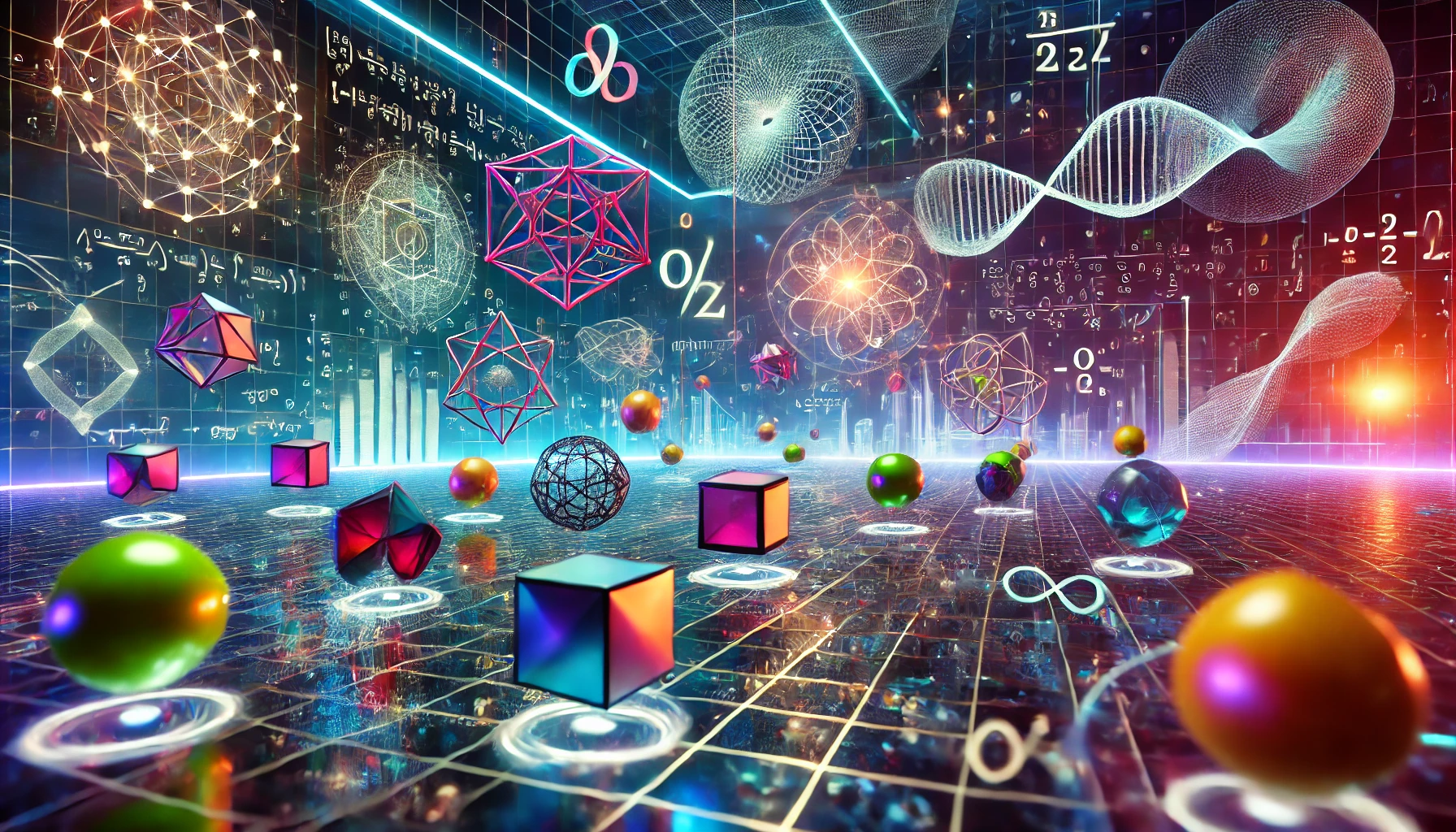Key Points
1. For nearly two millennia, Euclidean geometry formed the backbone of our understanding of space and shape, until the 19th century when mathematicians ventured "beyond" to develop the principles of non-Euclidean geometry on curved spaces.
2. The non-Euclidean revolution was part of a greater trend towards generalization and abstraction in 19th and 20th century mathematics, including the development of topology and abstract algebra.
3. A similar revolution is now unfolding in machine learning, with a burgeoning body of research expanding the horizons of machine learning beyond flat, Euclidean spaces to embrace the rich variety of structures offered by non-Euclidean geometry, topology, and abstract algebra.
4. This review article provides an accessible introduction to the core concepts of topology, geometry and algebra, and proposes a graphical taxonomy that integrates recent advances in non-Euclidean machine learning into an intuitive unified framework.
5. The taxonomy categorizes data and machine learning models based on their mathematical structure, differentiating between Euclidean and non-Euclidean spaces, and between data as coordinates and data as signals. 6. The review covers generalizations of classical machine learning methods like regression and dimensionality reduction to non-Euclidean data and spaces.
7. The review also covers the incorporation of topology, geometry and algebra into the structure of deep neural network layers, including equivariant and group-based methods.
8. The article highlights publicly available software libraries that make non-Euclidean machine learning computationally accessible.
9. The review surveys key application domains that have benefited from non-Euclidean machine learning approaches, including chemistry, biology, computer vision, and physics.
Summary
Emerging Field of Machine Learning with Non-Euclidean Structures
This review article discusses the emerging field of machine learning with non-Euclidean structures, which aims to generalize classical machine learning techniques developed for data in Euclidean space to handle more complex, structured non-Euclidean data.
Enduring Legacy of Euclidean Geometry
The paper begins by highlighting how the enduring legacy of Euclidean geometry has underpinned classical machine learning for decades. However, modern machine learning is increasingly encountering richly structured data that is inherently non-Euclidean, exhibiting intricate geometric, topological and algebraic structure. This includes data such as the curvature of space-time, the topologically complex interactions between neurons in the brain, and the algebraic transformations describing symmetries of physical systems. Extracting knowledge from such non-Euclidean data necessitates a broader mathematical perspective. The authors draw a parallel to the 19th-century revolutions that gave rise to non-Euclidean geometry, noting that a similar revolution is now unfolding in machine learning. An emerging line of research is redefining modern machine learning with non-Euclidean structures, with the goal of generalizing classical methods to unconventional data types with geometry, topology, and algebra.
Core Mathematical Concepts Underlying Non-Euclidean Machine Learning
The paper then provides an accessible introduction to the core mathematical concepts underlying this movement, including topology, geometry, and algebra, and how they can be used to characterize the structure of data. It proposes a graphical taxonomy that integrates recent advances in non-Euclidean machine learning into a unified framework.
Current Challenges and Exciting Opportunities
Finally, the authors extract insights into current challenges in the field and highlight exciting opportunities for future development. They emphasize that by empowering models with the tools to respect the underlying structure of data, non-Euclidean machine learning greatly expands the frontiers of the types of learning problems that can be tackled, with immense potential to transform the broader machine learning landscape and its application to engineering problems and the natural sciences.
Reference: https://www.arxiv.org/abs/2407.09468
